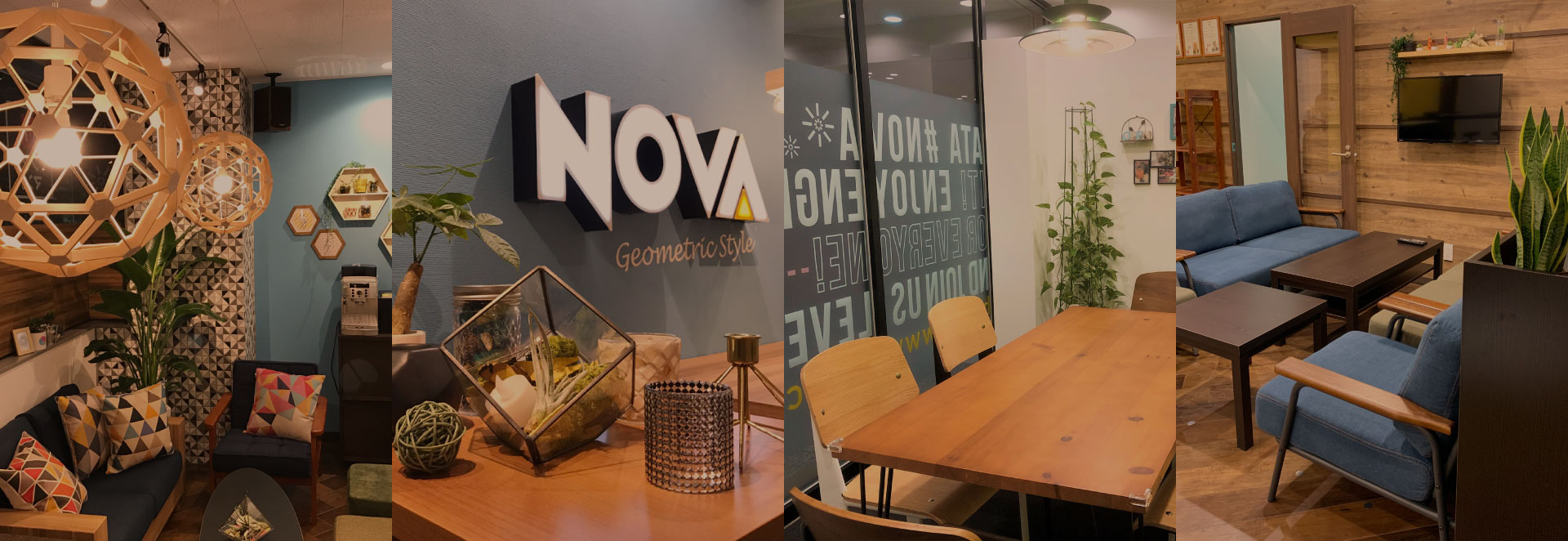Hi!NOVA池袋西口校です🥢
本日はアメリカ出身のTom先生が日本とアメリカのレストランの違いを教えてくれました🥦
Cultural Differences Between the U.S. and Japan: Restaurants
by Thomas Lipschultz
Hello! It’s me again! 😉
Although the Coronavirus pandemic means nobody can go on vacation to foreign countries right now, the situation is starting to get better, so maybe by the end of 2021, we will all be able to travel once more. What countries would you like to visit when you can travel again?
It seems a lot of Japanese people are interested in visiting the United States, so I thought maybe I could give you some advice on cultural differences between the United States and Japan. This may make your vacation a little easier to manage.
Today, I’d like to talk about going to restaurants, but in the future, I hope I can introduce you to some other differences that may help you in your travels!
You may already know about this, but the restaurant experience in the U.S. is very different than in Japan. To start with, in Japan, your waiter will not usually come to take your order until you raise your hand or yell, すみませ~ん!. Although you can do this in most American restaurants, many waiters will think you are being rude or impatient. Instead, you’re supposed to wait until the waiter comes to your table and asks if you are ready to order.
In Japan, when the waiter brings you your food, he/she will usually bring the bill, too — which we call the “check.” In the U.S., the waiter will not bring you the check until you ask for it. You may need to wait until he/she comes to your table and asks if you are enjoying your food, at which point you can say, “Check, please!”, and the waiter will bring you your check. Sometimes, you may need to raise your hand and call your waiter over, though it’s best not to do this very loudly or it msy seem rude.
When you get your check, you do not usually pay at the front desk like in Japan. Instead, you will set the money on your table, plus the tip, then leave the restaurant. The tip should always be 15% or more of the meal’s total cost, though it’s always best to leave at least 20% if you can, since waiters are often not paid very well in the U.S.
If you are paying by credit card, you may need to call the waiter over again and say, “I’m paying by credit card. Here you go.” The waiter will then process the payment and return your card. Please take a look at the receipt, where you will need to sign your name, and also write how much tip you will give. After you do this, it’s OK to leave.
Of course, this will be different for every restaurant, so if you’re not sure how the restaurant you’ve visited operates, please look for a sign, or ask your waiter.
It can be a very difficult adjustment, but fine dining in the U.S. is very nice, so I think if you try it, you’ll get used to it very quickly.
For me, though, I really appreciate the Japanese way. I wish more American restaurants would operate just like restaurants in Japan!


アメリカのレストランで注文をするとき
日本と同じようにしてしまうとマナー違反になってしまうので
最初は困惑してしまいますよね💦
またアメリカはチップもあるので高く感じてしまいますよね😓
Tom先生はとても知識が豊富なので、
是非、池袋西口校でTom先生とアメリカの文化の違いについてお話ししてみてください🏳🌈

★★池袋の英会話スクールはNOVA池袋西口校★★
JR山手線、埼京線、湘南新宿ライン、東武鉄道、西武鉄道、東京メトロ
池袋西口出てすぐ!
ご説明会・無料体験レッスンのお申込みは…
NOVA池袋西口校 ☎03-3985-5677

